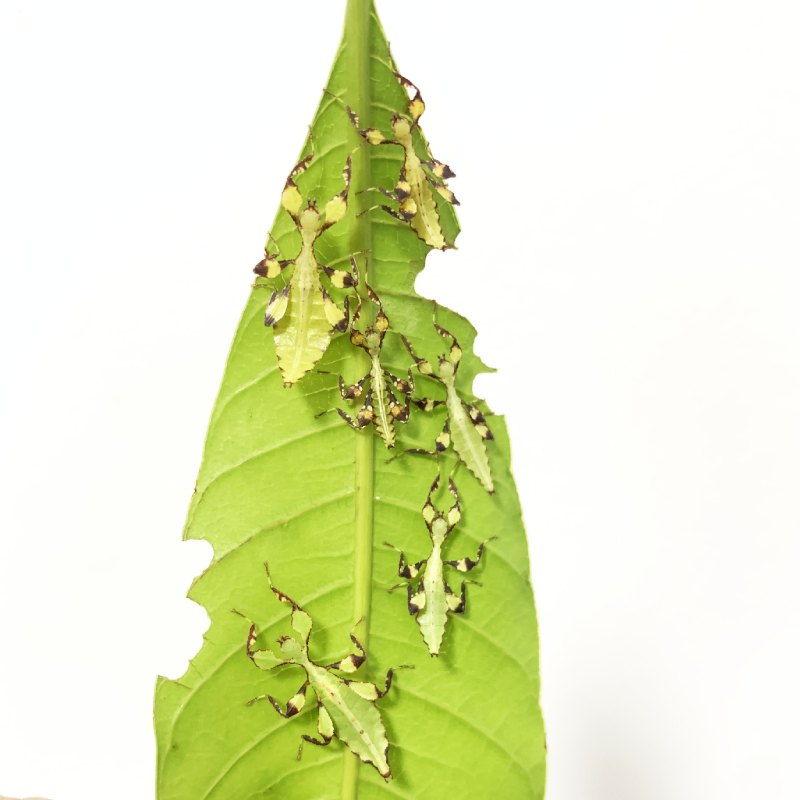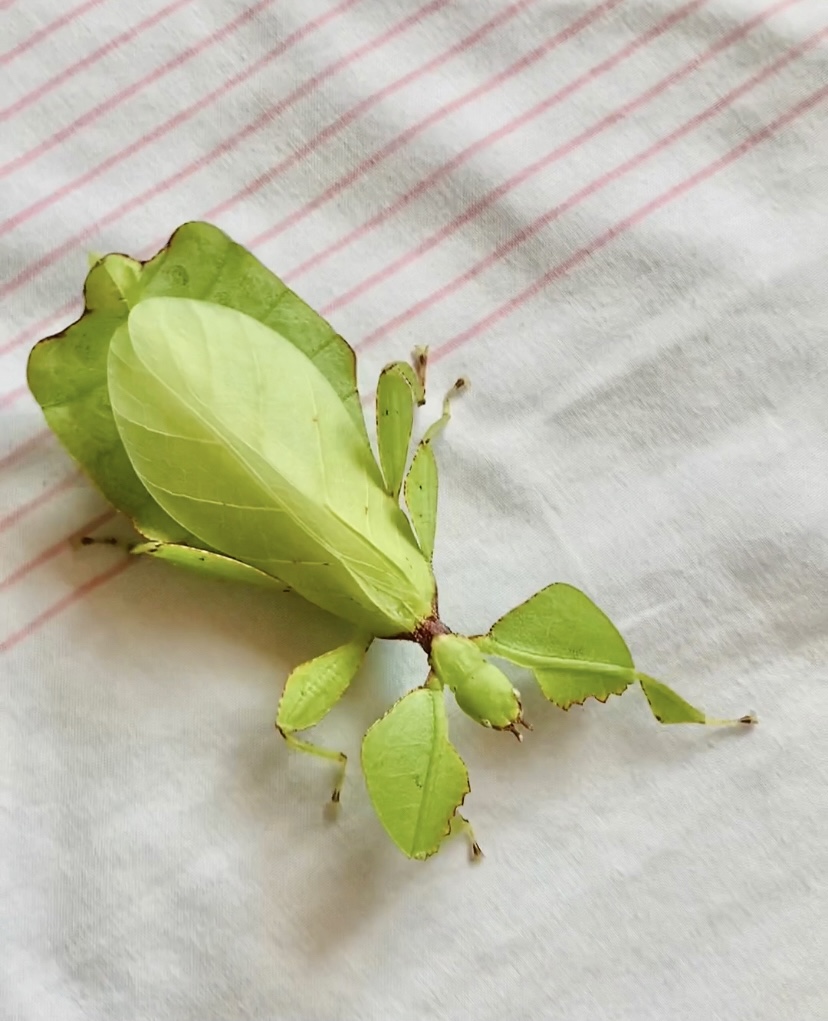
Breedsheet: Leaf Insects | คู่มือเพาะเลี้ยงและการอนุบาลตั๊กแตนใบไม้ Breedsheet: Leaf Insects | คู่มือเพาะเลี้ยงและการอนุบาลตั๊กแตนใบไม้
Hello, everyone. This part is about how to breed leaf insects, and how to care for the nymphs. In this post, I wrote about my records of breeding and caring [...]

